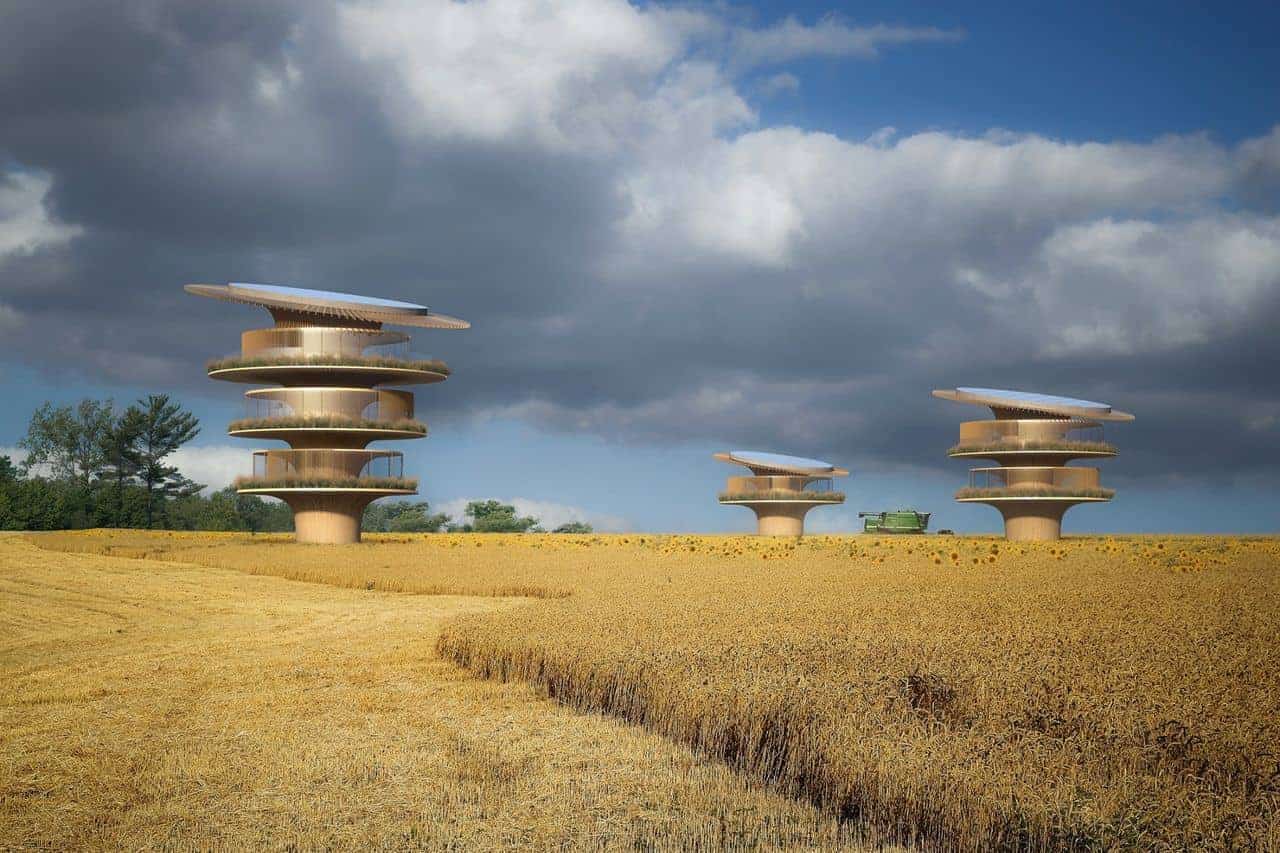"Spectacular technology breakthroughs, multiple trillions of euros in investment, and an economic overhaul won’t be enough to make Europe the first climate-neutral continent by 2050—it also will need a new look.
Architecture in particular has become a focus for the European Union’s climate efforts. Buildings are responsible for about 40% of total energy consumption in the EU, and for 36% of the bloc’s energy-related greenhouse gas emissions. But whereas other high-emitting sectors such as energy and transportation have benefited from innovations in renewable power and electric vehicles, construction hasn’t. Cement and steel production remain among the world’s most carbon-intensive industries. Meanwhile, most of the EU’s existing housing stock is old and energy-inefficient.
No less than the president of the European Commission, Ursula von der Leyen, proclaimed that the climate project should have “its own aesthetics, blending design and sustainability” in a speech in October, calling for “a new European Bauhaus movement.”
The original Bauhaus, an early 20th century collective of designers and craftspeople, is behind much of what we recognize today as modern architecture—clean, sleek, hard. “Bauhaus was a great convergence of ideas,” says Belgian architect Julien De Smedt. “But it’s the symbol of the industrial world, which is our doom today.”"
The Dream Homes of Europe’s Green Future
Three leaders in sustainable design envision what buildings might look like once the continent goes net-zero.




